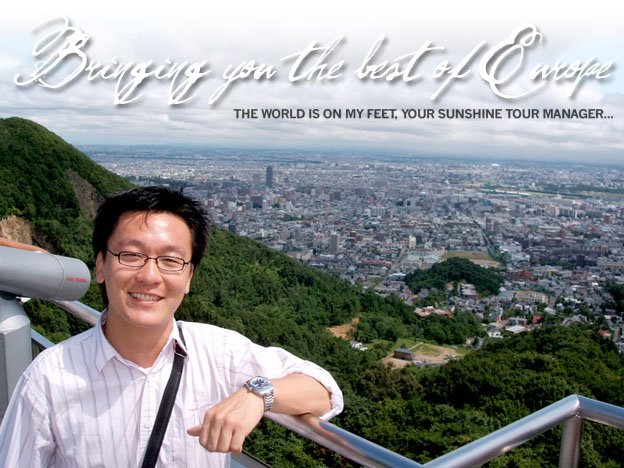Tallinn is the capital and largest city of Estonia. It occupies an area of 159.2 km
2 (61.5 sq mi) with a population of 426,503. It is situated on the northern coast of the country, on the shore of the Gulf of Finland, 80 km (50 mi) south of Helsinki, east of Stockholm and west of Saint Petersburg. Tallinn's Old Town is in the list of UNESCO World Heritage Sites.It is ranked as a global city and has been listed among the top 10 digital cities in the world. The city was a European Capital of Culture for 2011, along with Turku in Finland.
Tallinn is the oldest capital city in Northern Europe. The city was known as
Reval from the 13th century until 1917 and again during the Nazi invasion of Estonia from 1941 to 1944.
The earliest names of Tallinn include
big red castle known from East Slavic chronicles, the name possibly deriving from the Estonian mythical hero
Kalev.
Up to the 13th century the Scandinavians and Henry of Livonia in his chronicle called the town Lindanisa:
Lyndanisse in Danish
. Lindanäs in Swedish, also mentioned as
Ledenets in Old East Slavic. According to some theories the name derived from mythical Linda, the wife of Kalev and the mother of Kalevipoeg. who in an Estonian legend carried rocks to her husband's grave that formed the Toompea hill.
It has been also suggested that in the context the meaning of
linda in the archaic Estonian language, that is similar to
lidna in Votic, had the same meaning as
linna or
linn later on meaning a castle or town in English. According to the suggestion
nisa would have had the same meaning as
niemi (meaning peninsula in English) in an old Finnish form of the name
Kesoniemi.

































